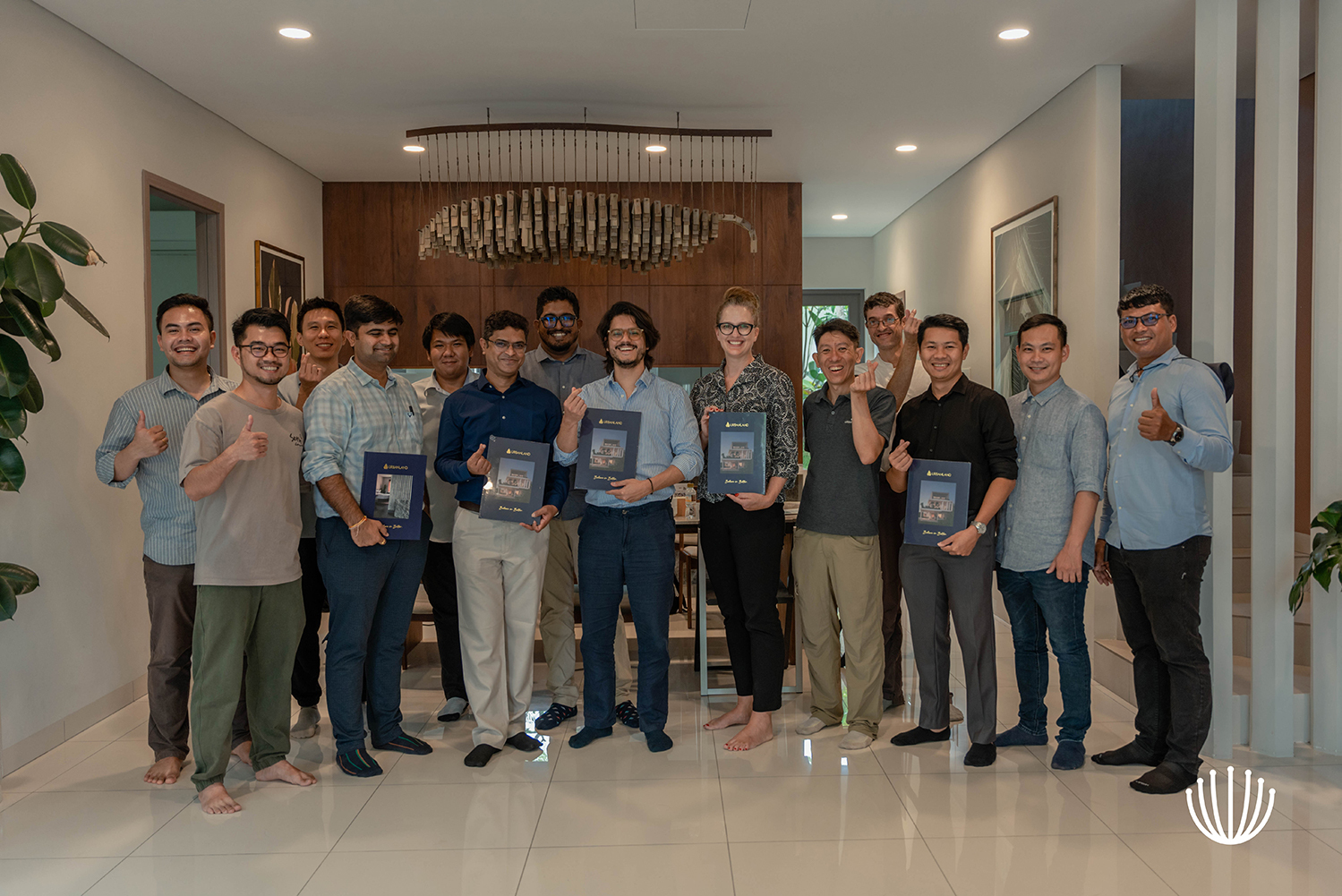Urbanland is honored to partner with the United Nations Economic and Social Commission for Asia and the Pacific (ESCAP) and the United Nations Enviromental Programme (UNEP) on their Passive Cooling Strategies Demonstration Building Project in Cambodia using Borey Chankiri as a research and demonstration platform.




This project is part of a larger ongoing collaboration between the Ministry of Environment, ESCAP and UNEP driving “Passive Cooling Strategies for Sustainable Development in Cambodia”.
This 6-month long demonstration building project brings together experts from the Ministry of Environment, ESCAP and UNEP, external environmental and sustainability specialists from India, an EDGE consultant from Vietnam, and a multi-disciplinary team of built environment specialists from Urbanland and HKA+Partners.
The project kicked off with a 2-day workshop held at Chankiri, starting with a sharing session to understand the principles and benefits of passive cooling. Passive cooling is a design approach that uses a combination of architectural design (shading, airflow and orientation) and careful use of materials (insulation, seals and reflectance) that cuts down heat coming into a building. We also examined the use of greenery such as plants and trees in the surrounding environment to improve the micro-climate of an area and reduce urban heat island effects.

Clockwise from top-left: ESCAP and UNEP outlining the intents and purposes of this programme, Urbanland introducing themselves to the team, EDGE consultant introducing the software, Environmental and Sustainability Engineers sharing Passive Cooling principles.


Studies have found that using these passive cooling measures can dramatically reduce the amount of energy needed to cool a building, which results in significantly lower electricity costs for building owners. When taken together with greening of the surrounding built environment, it can also lower ground level temperatures outdoors. If executed at scale, there is great potential to reduce energy demand in the country, improve the environment and meaningfully lower carbon emissions associated with energy production in Cambodia.
The performance of many different design solutions and materials were evaluated using advanced thermal performance modeling software and the results were analyzed and evaluated. The costs of each design solution and material were also evaluated to see if they could be adopted for our projects.

The 2-day workshop ended with much learning and knowledge exchanged, and many surprising discoveries made. Several design solutions and materials have been shortlisted for further exploration.

The project has now moved to the next phase, involving the use of two houses in Borey Chankiri as demonstration buildings to field test the shortlisted design solutions and materials. In the coming weeks, the Institute of Technology of Cambodia (ITC) will come on board as a technology partner to deploy sensor suites in the demonstration buildings, and run the field experiments, data collection and analytics together with the UN technical experts and our own Urbanland technical and consultant team.
At Urbanland, we strive to build a better living for all. We are certain that the insights from this project will help us bring innovations to our designs and buildings for the future. We are incredibly grateful for this opportunity to collaborate with ESCAP and UNEP on this exciting journey of discovery and look forward to sharing more updates with you as we go along.

